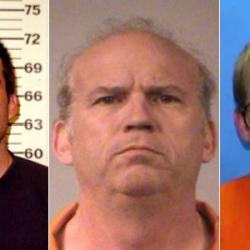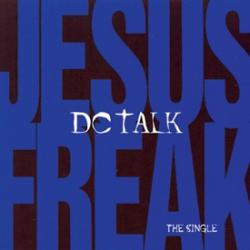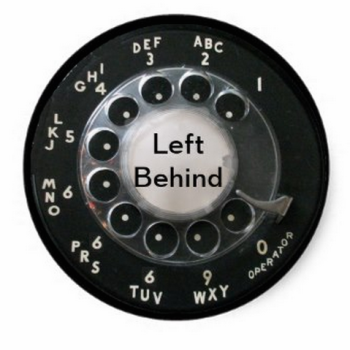On June 8, 1989, I went out to a bar for a drink after class. Had I done the same thing the previous night it would have been a crime, because that was the day before my 21st birthday, and the legal drinking age here in Pennsylvania is 21.
That age is calculated from one’s birthday, of course. So are all the other legal milestone ages, such as 16 (learner’s permit), 17 (driver’s license), 18 (voting and draft registration), 25 (renting a car) and 30 (running for the U.S. Senate). You reach each of those milestone ages on your birthday — the annual anniversary of the day of your birth, which is how we measure a person’s age.
But with several states now considering “personhood” amendments to their constitutions, these laws will need to be changed. And so will the cultural significance of birthdays. The passage of such amendments will mean that birth no longer holds any legal meaning with regard to a person’s age — and thus regarding the point at which one becomes legally permitted to drive, vote, drink, etc.
So how will we measure age and set such legal milestones under the new regime of personhood amendments? This gets tricky. I’m not aware of any other model for marking and measuring a person’s age. Has there ever been a human culture, society or civilization that employed some other method? (Historians and anthropologists please chime in here.)
We need to find, or to create, an alternative model because legally defining conception as the beginning of full, legal personhood will mean the abolition of birthdays. If legal personhood begins at the moment of conception, then age and aging — and the measurement of age and aging — must also begin at that moment. And that may involve a bit of guesswork.
Had a personhood amendment been on the books when I was in college, then I could have gone out for that drink much earlier — some time in the autumn of 1988. But when exactly? And exactness — a precise date — is what the law requires.
Careful calculation might be able, in some cases, to narrow down the guesswork involved — particularly for married couples who have fewer potential dates as possible starting points for those calculations. But in the vast majority of cases, the certainty and exactitude that the law requires wouldn’t be available.
We could, perhaps, settle on some one-size-fits all scheme, such as declaring every person to have achieved personhood precisely nine months prior to the date of their birth. That would hardly ever be an accurate date, but the system would be universal and thus, in that sense, fair. Every person’s Anniversary of Personhood would thus be set as the date precisely three months after the date of their birth.
Thus, for example, a child born today would celebrate their first Anniversary of Personhood of June 19, on which day they will be recognized as 1 year old. A person born today would thus reach the legal voting age on their 18th Anniversary of Personhood — June 19, 2029.
We’ll probably want to find a better name for the AofP, but whatever we choose to call it, the important point here is that this wholly replace the annual recognition of “birthdays” as a legal and cultural measure of age. Personhood amendments will render birthdays not just irrelevant, but illegal. And, of course, if the rationale for such amendments is correct, then the legal and cultural recognition of birthdays is also deeply immoral.
I’m not enthusiastic about the practicality or the elegance to my proposed solution to what should follow the abolition of birthdays. But, again, this is due to my inability to find any useful models in other cultures, societies or civilizations. Every human culture I’m aware of has followed some variation of the benighted, immoral, shamefully anti-life idea that the date of a person’s birth is somehow significant for measuring that person’s age.











